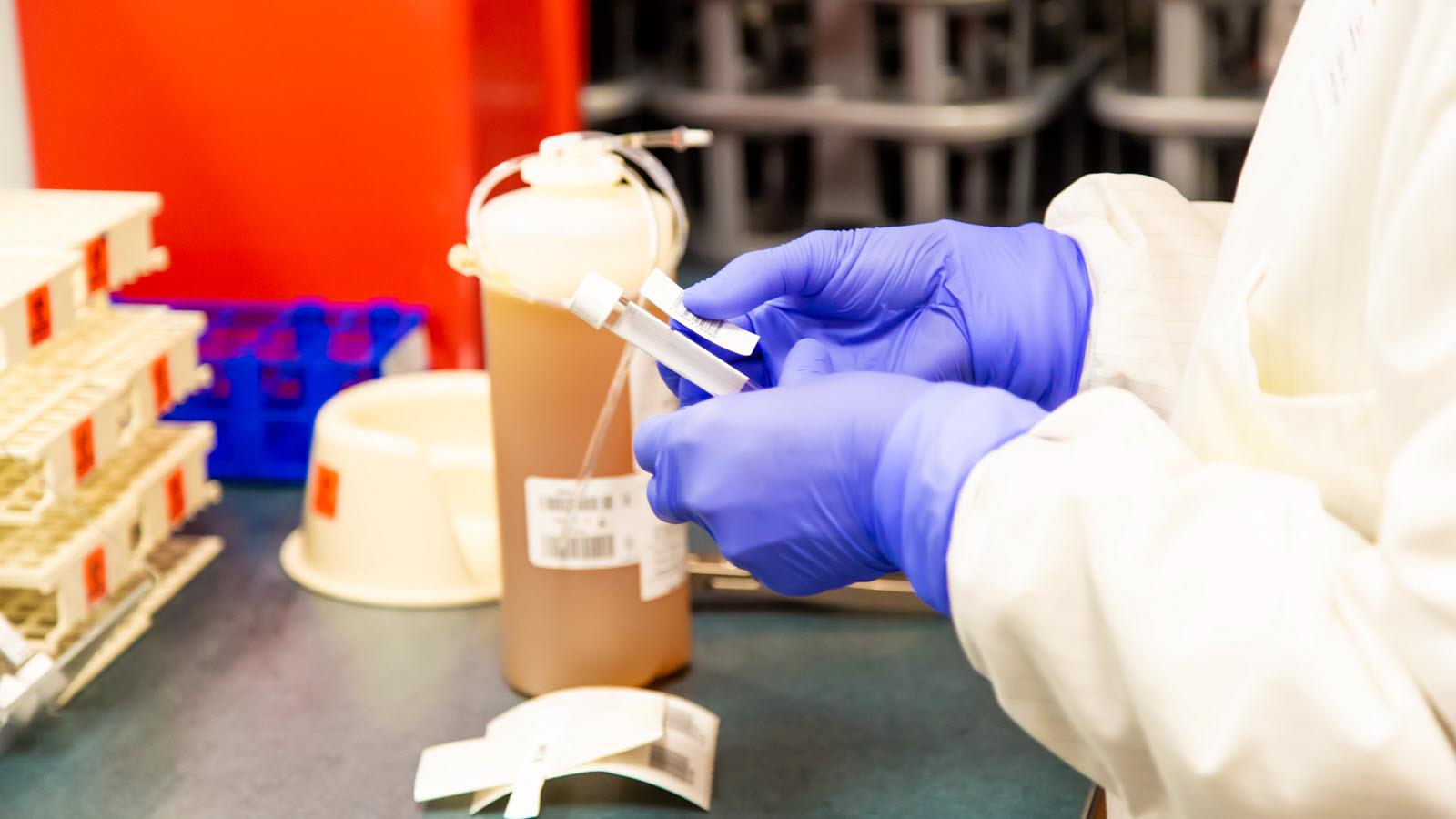Managing the backlog of care
[ad_1]
Two decades into the pandemic, governments globally have began to chill out their social distancing policies. Even so, health care methods continue on to be severely impacted by ongoing bacterial infections and a developing backlog of clients ready for planned treatments.
Even though vaccines have been very successful in lessening hospitalization and mortality premiums, an infection regulate procedures keep on to have an impact on our hospitals’ typical operations. In numerous respects, COVID-19 established a ideal storm. It arrived at a time when many health care units had been currently seriously stressed, working with an growing load of illness in growing older populations, and chronic personnel shortages.
The pandemic suspended most non-urgent, elective procedures and ambulatory treatment consequently, the treatment backlog amplified. In England on your own, 6 million folks had been waiting for therapy at the end of December 2021. It is believed that 8 million men and women have undiagnosed ailments, and these are the individuals who stayed away from their health care vendors for anxiety of catching COVID-19.1 The circumstance is comparable throughout Europe and North The usa, with the Business for Financial Co-operation and Advancement (OECD) reporting substantial figures of men and women with long-expression disorders missing necessary features of their care.2

They say, “necessity is the mom of innovation,” which was obviously the circumstance all through the pandemic. Swift advancement of vaccines, novel use of medications to take care of contaminated clients, and monumental acceleration of digital treatment paint a picture of innovation. Submit-pandemic, some commentators are suggesting this innovation should go on with the recovery, giving international locations a exclusive prospect to change issues for the better, addressing well being inequalities, and rising sustainability.3
From a technological innovation point of view, health care suppliers can benefit from the lessons discovered all through the pandemic. They can employ new strategies to speed up the circulation of patients from their backlog into treatment and then onto a swift discharge and rehabilitation.
At every phase of this journey, trying to keep in common get in touch with with the affected individual will be essential to the achievements of the full method. In a lot of ways, the operational complexity of running backlogs, scientific capacity, and employees schedules echoes the complexity and interdependencies of the fundamental technical infrastructure. Holding people swiftly flowing through the process necessitates just about every cog in that method to operate flawlessly, at all periods.
Adopting a cross-architectural perspective of their IT infrastructure and a platform technique will allow health care vendors to speed up their digital abilities, automate individual outreach as a result of engineering and self-provider, and enhance the flow of clients through the care continuum.4
From a patient’s perspective, healthcare companies should be deploying digital solutions that can:
- Make the most of the time ahead of treatment method to teach and inform sufferers about their ailment5
- Keep an eye on alterations in circumstance that may alter the priority or treatment pathway
- Obtain pre-operative information and prepare sufferers for admission
- Streamline the journey by way of the medical center by monitoring individuals and belongings
- Decrease in-affected individual stays by enabling people to go dwelling as before long as they are medically match
- Stop unneeded readmission by providing put up-acute distant treatment or monitoring
- Notice every single phase of the digital journey to guarantee it is assembly expectations
In the end, the range of individuals waiting for remedy will normalize when care groups have the capability to take care of them. When automated processes and artificial intelligence increase the competencies of a healthcare professional, they will by no means replace the human touch. To handle the workforce difficulties, health care vendors will need to reimagine clinical operations and undertake technologies-pushed processes that boost efficiency. This will lessen the stress on medical employees and continue to keep people today within just the healthcare job.
Rapid innovation was commonplace at the peak of the pandemic, with digital care starting to be the norm. While the direct influence of the pandemic on culture is now waning, there are extra persons waiting for treatment method now than at any time right before. To handle this backlog, healthcare companies should keep on innovating, growing their digital features by investing in their underlying technical infrastructure, adopting a cross architectural solution, and ensuring that their electronic alternatives deliver a frictionless experience to sufferers and workers.
Sources:
- NHS backlog & waiting around occasions in England
- Mounting from the COVID 19 crisis: Plan responses in the long-expression treatment sector
- WHO Manifesto for a healthful recovery from COVID-19
- The system enjoy: How to operate like a tech firm
- NHS Wait Well software
Share:
[ad_2]
Resource hyperlink





